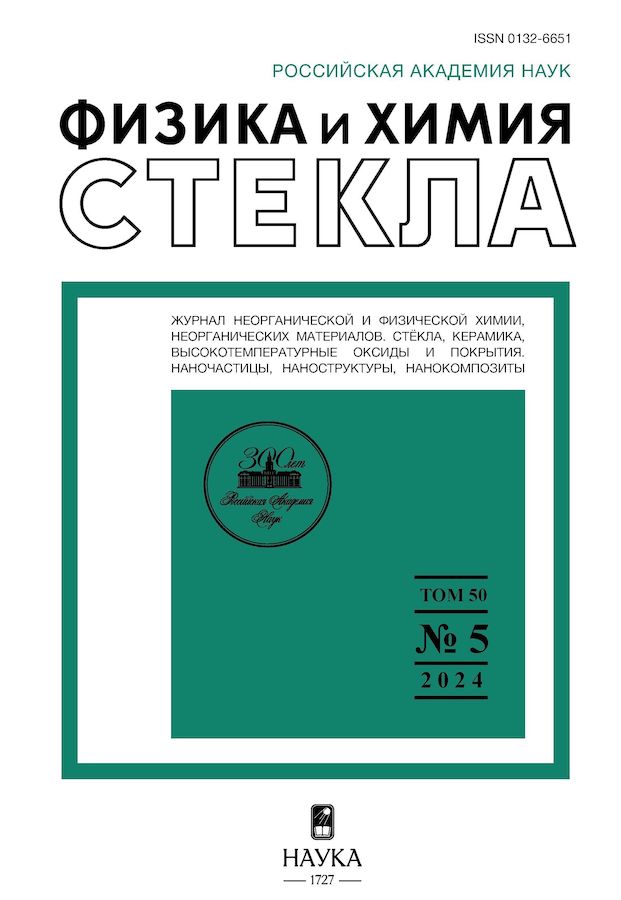Анализ влияния структуры ZnS:Cu,Br люминофоров на люминесцентные характеристики с применением теории перколяции
- Авторлар: Зеленина Е.В.1,2, Сычев М.М.1,3, Снятков И.В.1, Чуркина А.В.1
-
Мекемелер:
- Санкт-Петербургский государственный технологический институт (технический университет)
- АО «Радиевый Институт им. В. Г. Хлопина»
- Институт химии силикатов им. И.В. Гребенщикова (филиал НИЦ «Курчатовский институт» — ПИЯФ – ИХС)
- Шығарылым: Том 50, № 5 (2024)
- Беттер: 464-473
- Бөлім: Articles
- URL: https://rjonco.com/0132-6651/article/view/679501
- DOI: https://doi.org/10.31857/S0132665124050092
- EDN: https://elibrary.ru/NSKKGX
- ID: 679501
Дәйексөз келтіру
Аннотация
При синтезе ZnS:Cu,Br люминофоров (сульфид цинка активированный ионами меди и брома) формируется композитная вюрцитно-сфалеритная структура, а интенсивность свечения и содержание центров свечения в виде донорно-акцепторных пар CuZn-BrS достигают максимума при определенной доле вюрцитной фазы в люминофоре. Это подтверждается исследованием фазового состава синтезированных люминофоров и изменениями спектров радиолюминесценции. Наблюдаемый результат предложено объяснить с привлечением представлений теории перколяции, учитывая, что формирование люминофорной матрицы композитного вюрцитно-сфалеритного состава способствует увеличению скорости диффузии ионов активатора и соактиватора (Cu+ и Br–) по межфазной границе и формированию центров свечения. Показано, что радиационное воздействие, способствующее образованию структурных дефектов в исходной матрице ZnS, дополнительно повышает интенсивность люминесценции. Применение данного подхода позволяет создавать материалы с оптимальной наноструктурой и высокими целевыми характеристиками.
Толық мәтін
Авторлар туралы
Е. Зеленина
Санкт-Петербургский государственный технологический институт (технический университет); АО «Радиевый Институт им. В. Г. Хлопина»
Хат алмасуға жауапты Автор.
Email: elena.v.zelenina@gmail.com
Ресей, Санкт-Петербург; Санкт-Петербург
М. Сычев
Санкт-Петербургский государственный технологический институт (технический университет); Институт химии силикатов им. И.В. Гребенщикова (филиал НИЦ «Курчатовский институт» — ПИЯФ – ИХС)
Email: elena.v.zelenina@gmail.com
Ресей, Санкт-Петербург; Санкт-Петербург
И. Снятков
Санкт-Петербургский государственный технологический институт (технический университет)
Email: elena.v.zelenina@gmail.com
Ресей, Санкт-Петербург
А. Чуркина
Санкт-Петербургский государственный технологический институт (технический университет)
Email: elena.v.zelenina@gmail.com
Ресей, Санкт-Петербург
Әдебиет тізімі
Қосымша файлдар














